Home>Gardening & Outdoor>Landscaping Ideas>What Happens To The Grass Molecules Once They Are Eaten By The Zebra
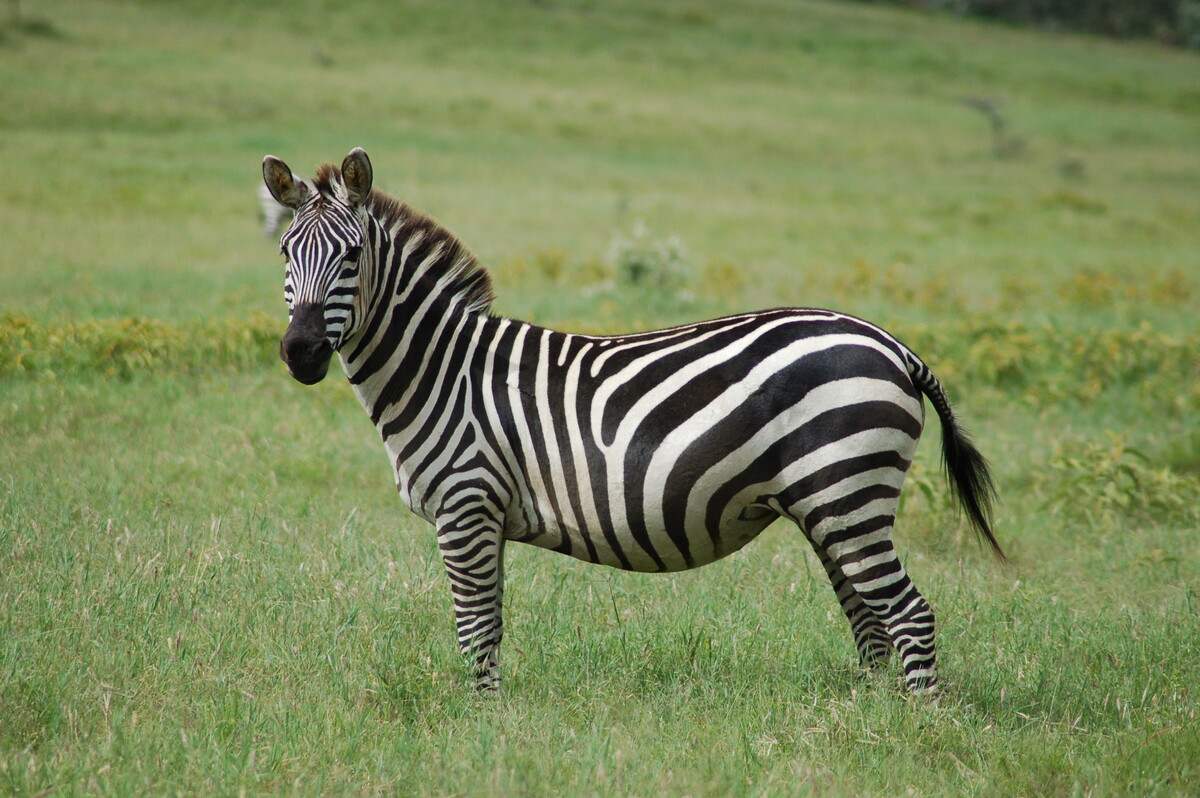

Landscaping Ideas
What Happens To The Grass Molecules Once They Are Eaten By The Zebra
Modified: March 29, 2024
Discover what happens to grass molecules after being consumed by a zebra. Explore landscaping ideas and the ecological impact of grazing animals.
(Many of the links in this article redirect to a specific reviewed product. Your purchase of these products through affiliate links helps to generate commission for Storables.com, at no extra cost. Learn more)
Introduction
When a zebra grazes on the lush grass of the savannah, a fascinating journey begins for the tiny molecules within the blades of grass. As the zebra chews and swallows the grass, the intricate process of digestion and nutrient absorption unfolds within its body. This journey not only sustains the zebra’s life but also plays a crucial role in the ecosystem. Understanding what happens to the grass molecules once they are eaten by the zebra offers a glimpse into the interconnected web of life in the wild.
Join us as we delve into the digestive process in zebras, exploring the absorption and utilization of nutrients, as well as the inevitable waste products that result from this essential biological cycle. By unraveling the mysteries of this natural phenomenon, we gain a deeper appreciation for the intricate balance of nature and the remarkable journey of grass molecules within the body of a zebra.
Key Takeaways:
- When zebras eat grass, their bodies break down the grass into nutrients, which they use for energy and growth. The waste from this process helps the soil and plants grow.
- Zebras play a vital role in the ecosystem by turning grass into nutrients and then returning those nutrients to the land through their waste. This helps keep the balance of nature in the wild.
Read more: What Is Grass Eaten By
The Digestive Process in Zebras
Zebras, like many herbivores, have evolved a specialized digestive system to efficiently extract nutrients from the plant matter they consume. The digestive process begins as the zebra grazes on grass, using its strong teeth to break down the tough cellulose fibers within the plant. As the grass is chewed and mixed with saliva, it forms a mass known as cud, which is then swallowed and passed into the first chamber of the zebra’s stomach, the rumen.
Within the rumen, a fermentation process takes place, aided by a diverse community of microorganisms such as bacteria and protozoa. These microorganisms play a crucial role in breaking down the cellulose and other complex carbohydrates present in the grass, converting them into simpler compounds that the zebra can digest. This fermentation process produces volatile fatty acids, which serve as a significant energy source for the zebra.
After the initial fermentation in the rumen, the partially digested food moves into the reticulum and omasum, where further breakdown and absorption of nutrients occur. Finally, the remaining material enters the abomasum, which is the true stomach of the zebra, where digestive enzymes and acids further break down the food before it moves into the small intestine for nutrient absorption.
This intricate digestive process allows zebras to extract vital nutrients, such as carbohydrates, proteins, and fats, from the grass they consume. The efficiency of this process is a testament to the remarkable adaptations that herbivores have developed to thrive on a diet of plant matter in their natural habitats.
Absorption of Nutrients
Once the grass molecules have been broken down and transformed through the digestive process, the zebra’s body begins the essential task of absorbing these nutrients to support its physiological functions. In the small intestine, the majority of nutrient absorption takes place, facilitated by specialized structures such as villi and microvilli that line the intestinal walls.
Carbohydrates, in the form of simple sugars, are absorbed into the bloodstream and transported to various tissues and organs to provide a source of energy. Proteins are broken down into amino acids, which are also absorbed and utilized for tissue repair, growth, and the synthesis of essential compounds within the zebra’s body. Additionally, fats are broken down into fatty acids and glycerol, which are absorbed and utilized for energy production and the maintenance of cellular structures.
Minerals and vitamins present in the grass are also absorbed in the small intestine, playing critical roles in maintaining the zebra’s overall health and well-being. Minerals such as calcium, phosphorus, and magnesium are essential for bone strength, muscle function, and nerve transmission, while vitamins, including A, D, E, and K, contribute to various physiological processes, such as vision, immune function, and blood clotting.
The efficient absorption of these nutrients is vital for the zebra’s survival and ability to thrive in its natural habitat. The intricate mechanisms involved in nutrient absorption underscore the remarkable adaptation of herbivores to extract essential elements from plant matter, demonstrating the interconnectedness of the ecosystem and the delicate balance of nutrient cycling in the wild.
After being eaten by a zebra, the grass molecules are broken down in the zebra’s digestive system to release energy for the zebra’s body to use.
Utilization of Nutrients
Once the nutrients from the consumed grass have been absorbed into the zebra’s body, they are utilized in a variety of essential physiological processes that support the animal’s overall health and vitality. Carbohydrates, in the form of glucose, serve as the primary source of energy for the zebra’s daily activities, providing fuel for movement, grazing, and other metabolic functions.
Proteins, derived from the grass molecules, are utilized for the repair and growth of tissues, including muscles, tendons, and organs. Amino acids, the building blocks of proteins, are essential for maintaining the structural integrity of the zebra’s body and supporting various biological functions, such as enzyme production and immune system regulation.
Fats, once absorbed, are utilized as a concentrated source of energy, particularly during periods of increased physical exertion or when foraging for food becomes challenging. Additionally, fats play a crucial role in insulating the zebra’s body and maintaining the integrity of cell membranes, contributing to overall thermoregulation and cellular function.
Minerals and vitamins obtained from the grass are utilized in a myriad of ways within the zebra’s body. For example, calcium and phosphorus are essential for bone strength and integrity, supporting the zebra’s skeletal structure and overall mobility. Vitamins, such as vitamin A, contribute to vision and immune function, while vitamin D aids in calcium absorption and bone health.
The efficient utilization of these nutrients underscores the intricate balance of biological processes within the zebra’s body, highlighting the interconnectedness of the ecosystem and the vital role that herbivores play in sustaining the flow of energy and nutrients within the natural world.
Waste Products from Digestion
As the digestive journey of the grass molecules culminates within the zebra’s body, waste products are generated as byproducts of the metabolic processes and nutrient extraction. One of the primary waste products resulting from the digestion of grass is the production of feces. After the nutrients have been absorbed and utilized to support the zebra’s physiological functions, the remaining indigestible material, along with byproducts of metabolism, is excreted from the body in the form of fecal matter.
Feces play a crucial role in the ecosystem, serving as a source of organic matter and nutrients for the soil and contributing to the cycling of essential elements within the environment. The deposition of zebra feces on the savannah provides valuable nutrients, such as nitrogen and phosphorus, which can enhance soil fertility and support the growth of vegetation, thus completing the cycle of nutrient transfer from grass to zebra and back to the land.
In addition to fecal waste, the zebra’s body also produces urine as a byproduct of metabolic processes and the filtration of waste products by the kidneys. Urine contains excess water, along with dissolved compounds such as urea, creatinine, and various salts that the body needs to eliminate. The excretion of urine serves as a mechanism for regulating the zebra’s internal environment, maintaining proper hydration levels, and eliminating metabolic byproducts that could be harmful if allowed to accumulate.
These waste products, while often overlooked, play a vital role in the ecosystem, contributing to the natural cycles of nutrient recycling and soil fertility. The excretion of waste by herbivores such as zebras is an essential component of the intricate web of life, demonstrating the interconnectedness of all living organisms within the ecosystem.
Read more: Where To Plant Zebra Grass
Conclusion
The journey of grass molecules within the body of a zebra is a remarkable testament to the interconnectedness of life in the wild. From the initial consumption of grass on the savannah to the intricate processes of digestion, nutrient absorption, utilization, and the eventual excretion of waste products, the cycle of life unfolds in a harmonious and interconnected manner.
By understanding what happens to the grass molecules once they are eaten by the zebra, we gain insight into the delicate balance of nutrient cycling and energy flow within the natural world. The digestive process in zebras exemplifies the remarkable adaptations that herbivores have developed to thrive on a diet of plant matter, showcasing the intricate biological mechanisms that sustain life in the wild.
Furthermore, the waste products generated through digestion serve as crucial components of the ecosystem, contributing to the cycling of nutrients and the maintenance of soil fertility. The deposition of feces and urine by zebras plays a vital role in supporting the growth of vegetation and sustaining the vitality of the savannah ecosystem, highlighting the intricate relationships between herbivores, plants, and the environment.
Ultimately, the journey of grass molecules within the body of a zebra offers a glimpse into the interconnected web of life, where every organism plays a vital role in sustaining the delicate balance of nature. By unraveling the mysteries of this natural phenomenon, we gain a deeper appreciation for the intricate processes that drive the ecosystem and the remarkable journey of nutrients within the body of a zebra.
As we continue to explore the wonders of the natural world, let us marvel at the interconnectedness of all living organisms and the intricate cycles that sustain life on our planet.
Frequently Asked Questions about What Happens To The Grass Molecules Once They Are Eaten By The Zebra
Was this page helpful?
At Storables.com, we guarantee accurate and reliable information. Our content, validated by Expert Board Contributors, is crafted following stringent Editorial Policies. We're committed to providing you with well-researched, expert-backed insights for all your informational needs.
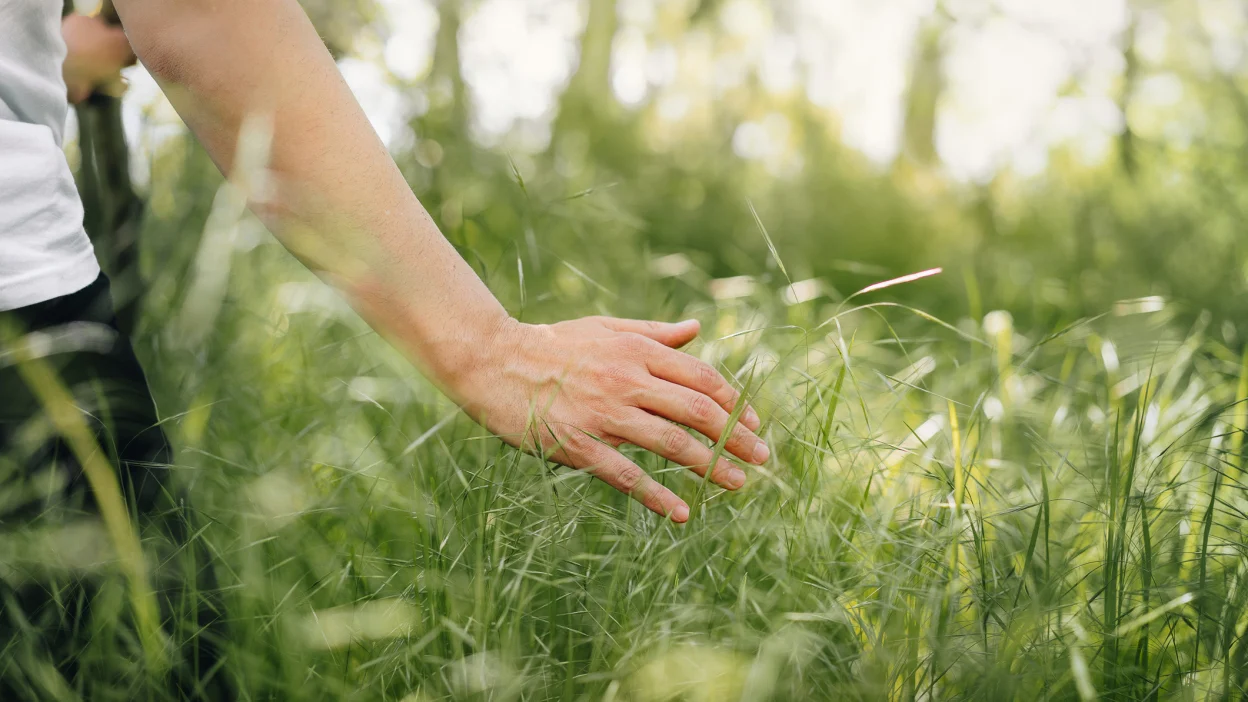

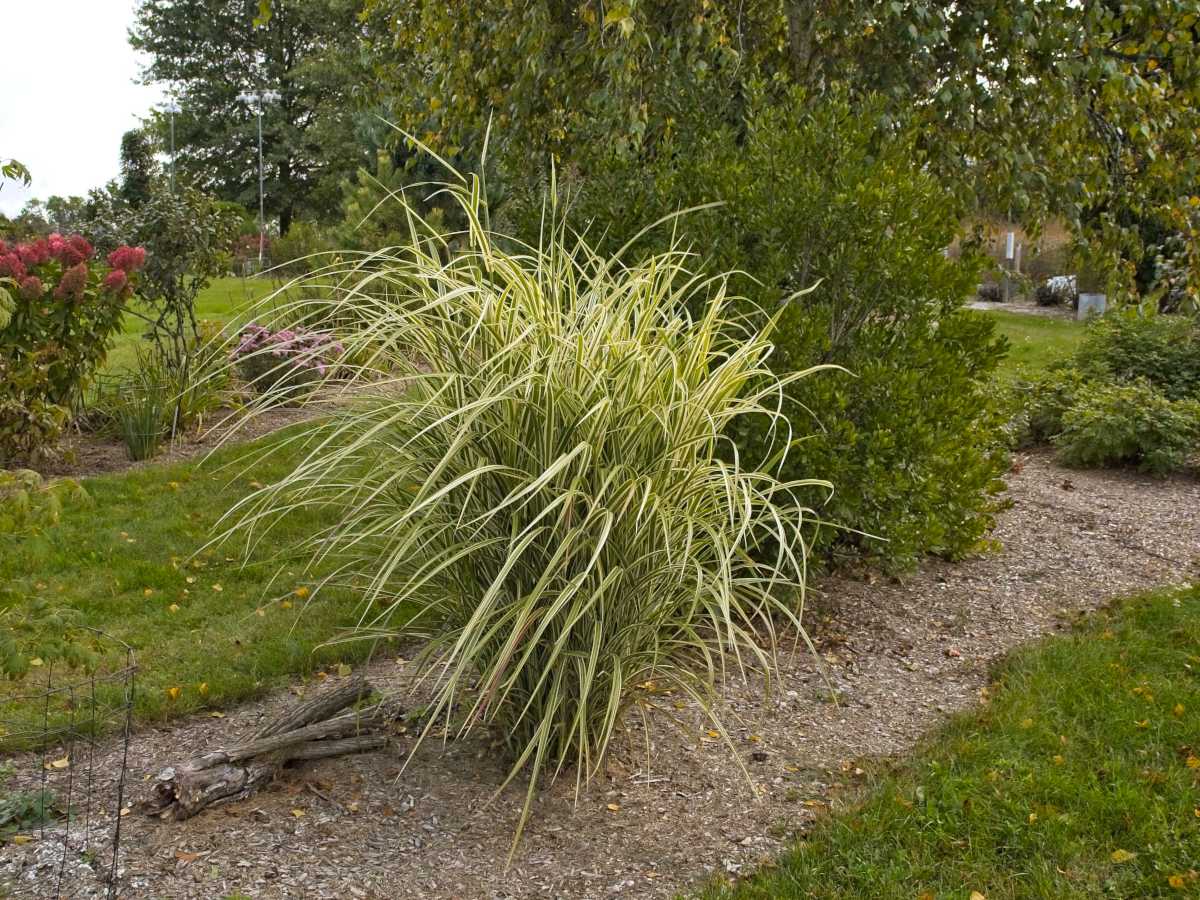
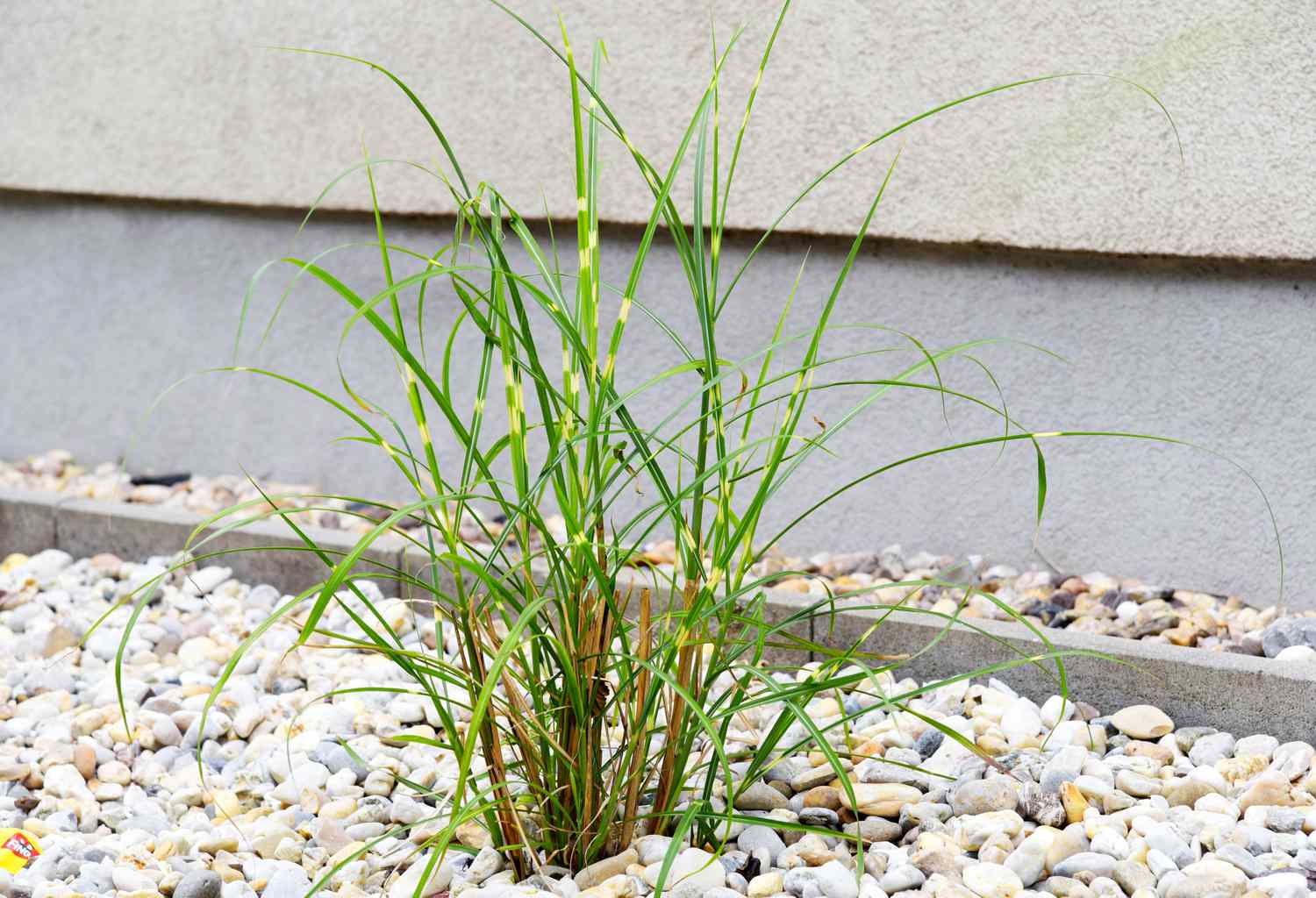
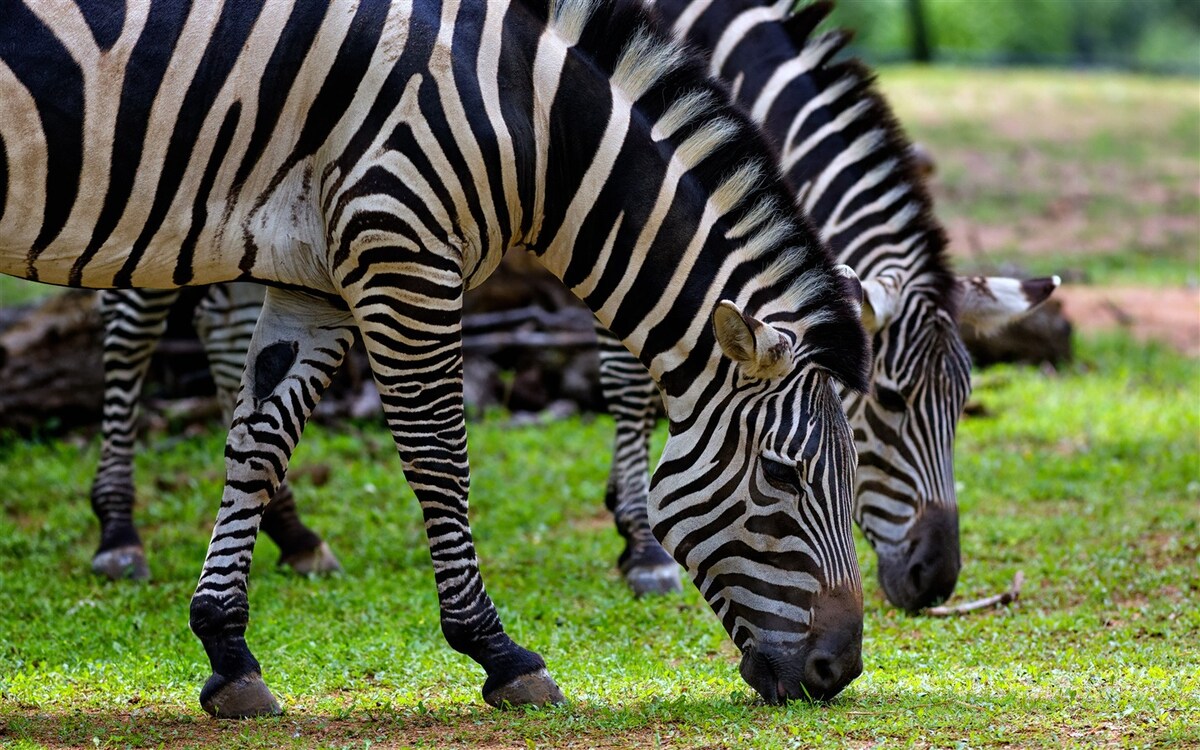
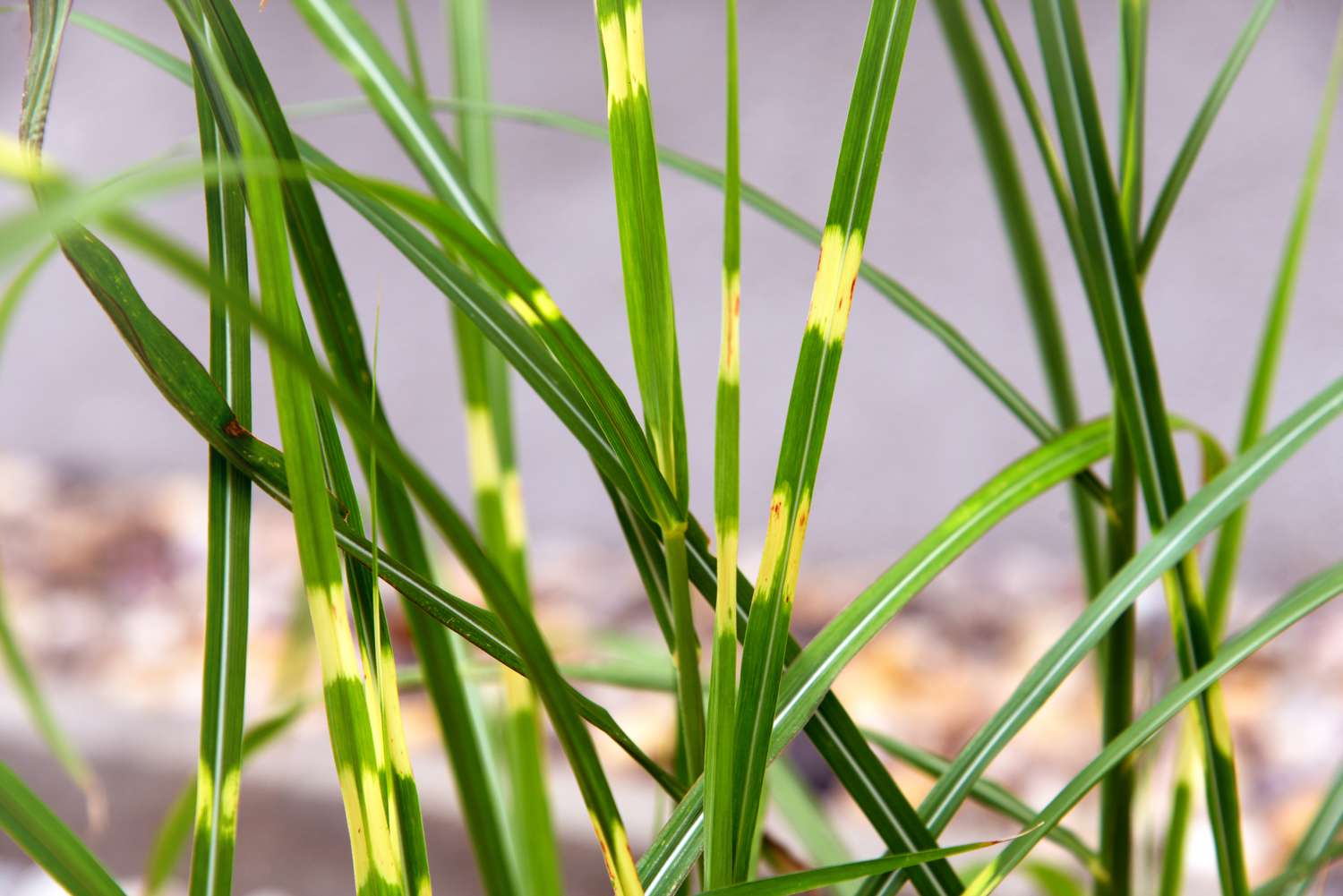
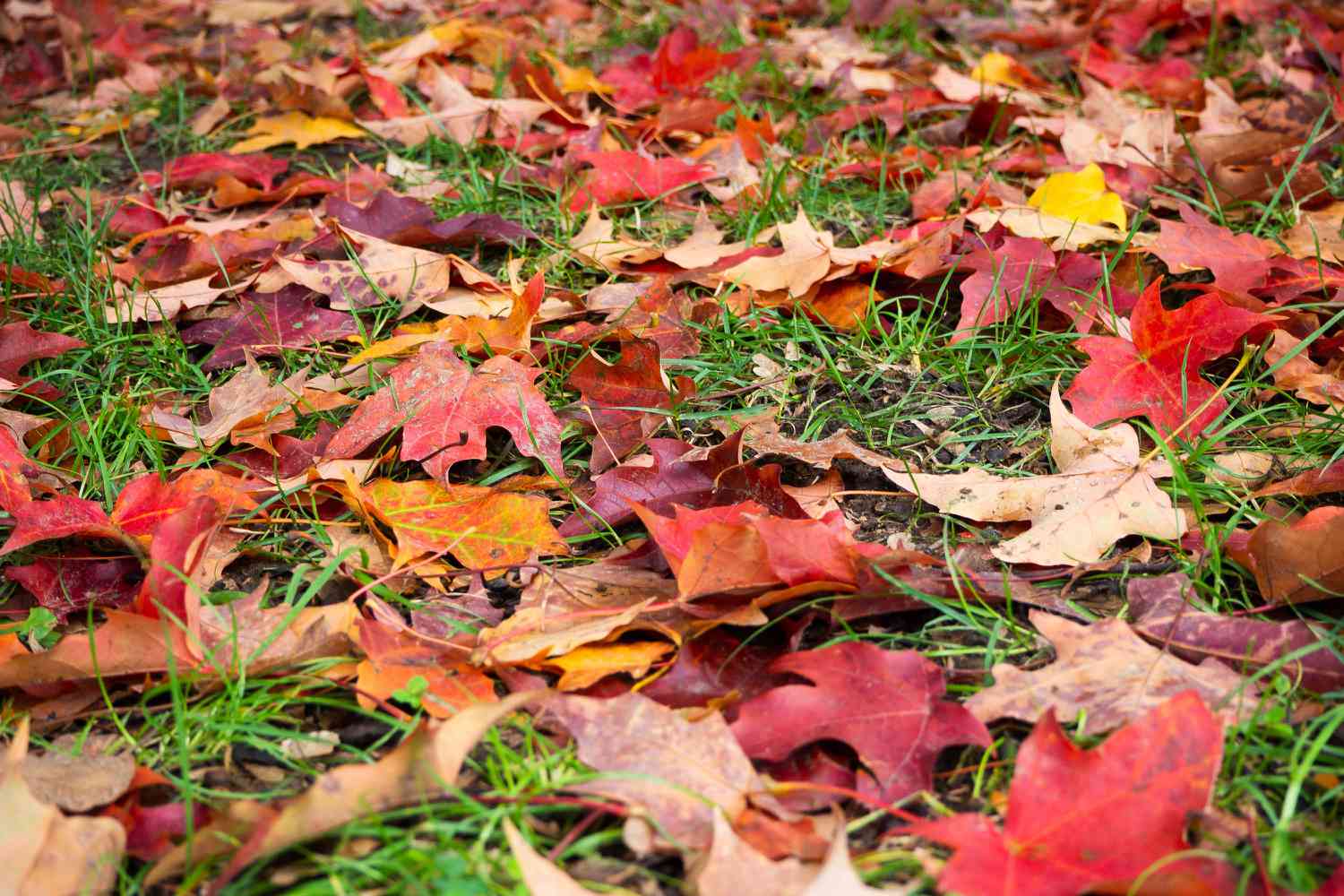
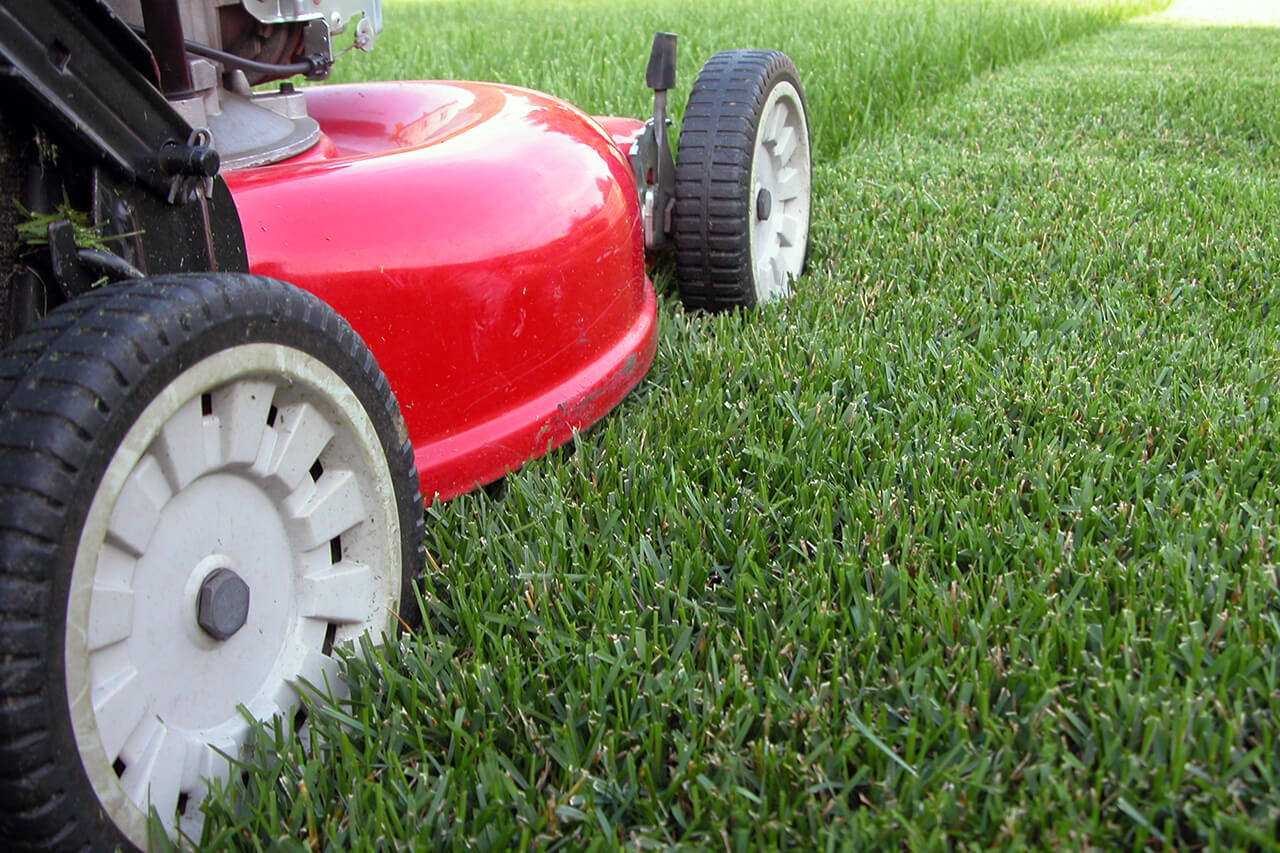
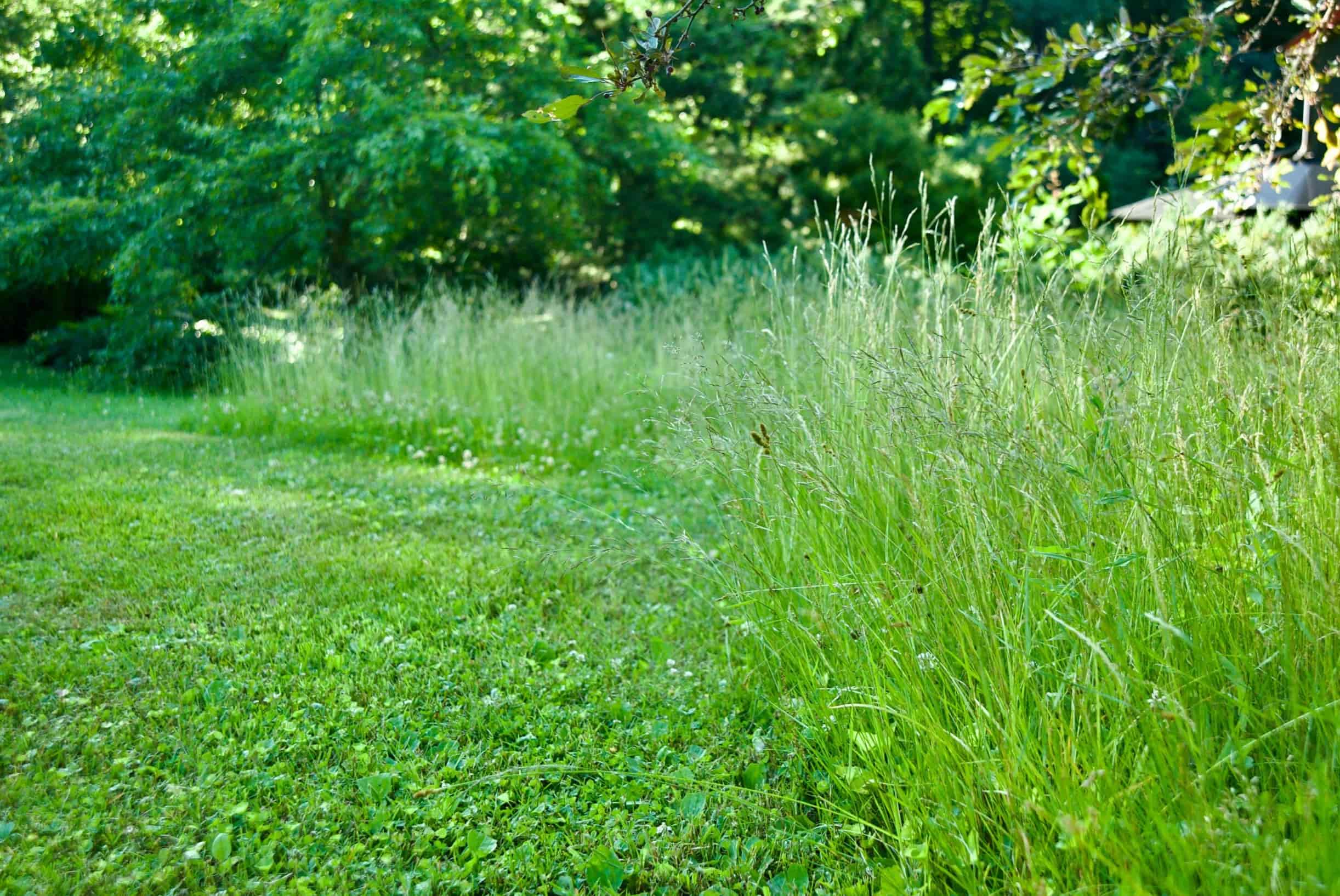
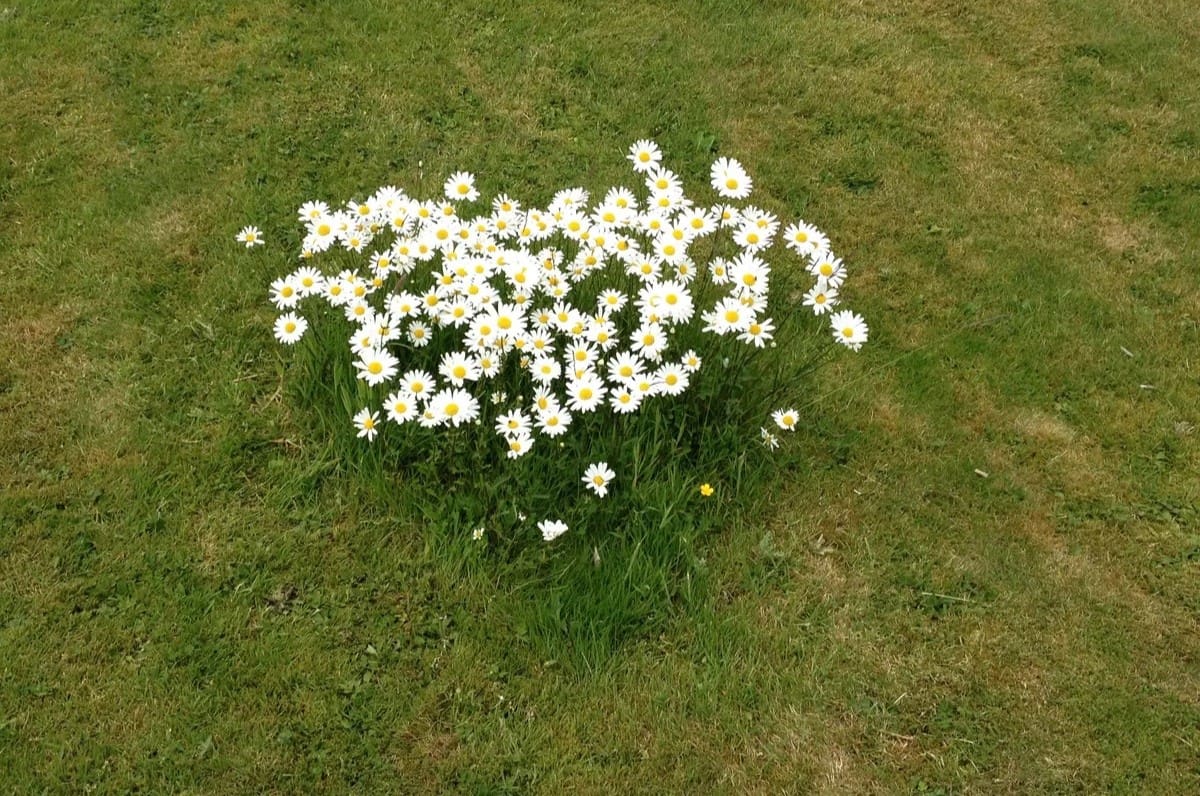


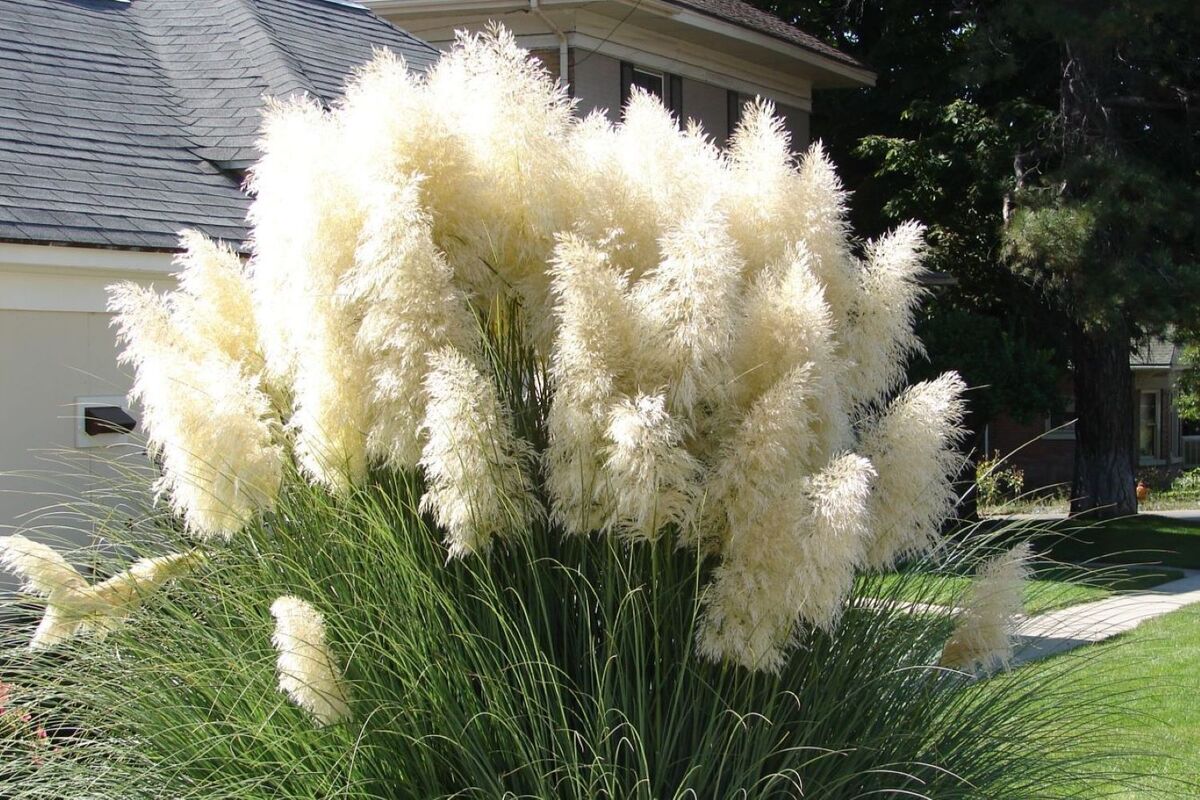
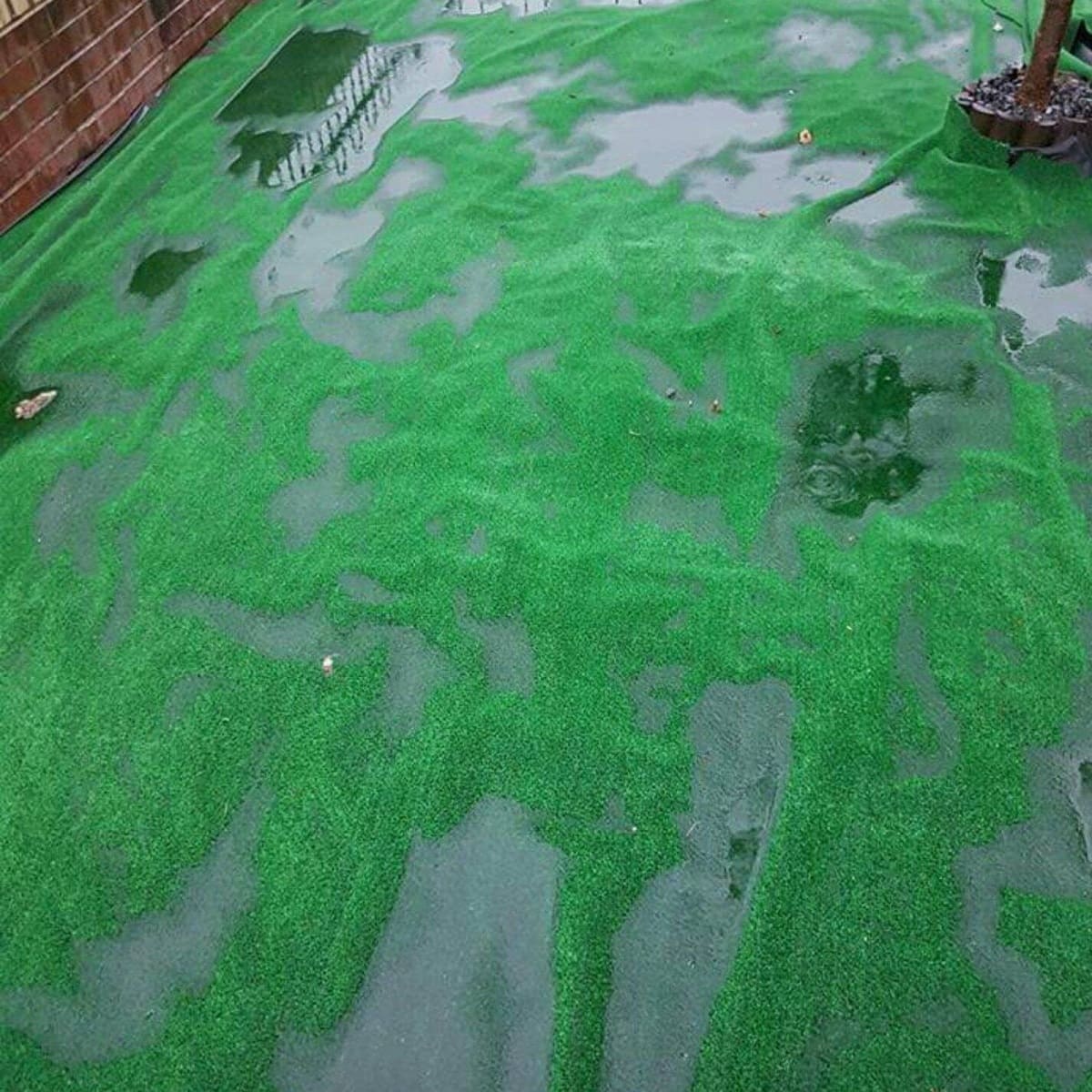

0 thoughts on “What Happens To The Grass Molecules Once They Are Eaten By The Zebra”